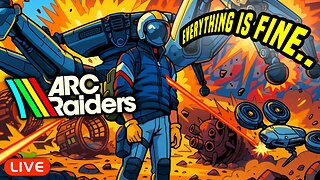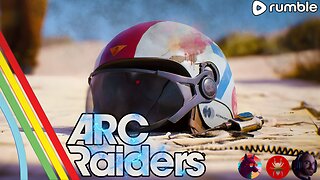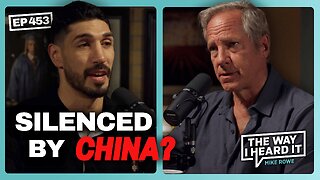Premium Only Content

Best practices are for people who are bad at math
What’s the best length for an email subject line?
What’s the best length for an article on the web?
How many free article views should a reader get before you show the paywall?
There are a lot of so-called “best practices” answers to these sorts of questions, and they’re usually nonsense.
Bo Sacks distributed an article by Andrew Butle called “Publishers: What is the ideal word count for articles and other content?” in which he highlighted the contradictory and confusing answers on the ideal length of an article.
It’s 1,500 words. No, it’s more than 2,000 words. No, actually it should be longer than 7,000 words. And so on.
The same confusion applies at the more strategic level, when we ask questions like “do readers prefer print or digital?”
What are they reading? Is it a book or a magazine or a newspaper?
The problem with this sort of answer is that it comes from taking averages across huge swaths of data. It’s meaningless because it mixes things that don’t fit together. As Andrew points out in the article, different objectives call for different word counts.
And when it comes to email, if you’re mixing B2B and B2C results, or marketing and content emails, your results are meaningless.
Asking for the best length of an article is like asking for the best length of a spoon. Is it for feeding a baby, eating cereal, stirring soup, making chili, or brewing beer?
When asking whether people prefer to read a magazine in print or digital format, what are they comparing? Some magazine publishers still think that posting a PDF on a website is a “digital edition.” Print will obviously win in that contest.
The answer will also vary by the type of content. People might be happy to read their news magazine on their smart phone on the metro, but read about boats at home in their easy chair.
Don’t get me wrong, there’s a place for inferring best practices from averages, and strategies from survey results. We’d be foolish to ignore those things. But you have to make sure the person has done their homework.
When you see these sorts of things, you need to wonder if the average is across a data set that combines disparate things. Maybe there are several different averages hiding in the data. You need to learn to ask the right questions.
Along those lines, Andrew’s article does break down the stats a bit to try to make some sense of the question of the ideal length of an article.
So when you read these industry articles, or listen to the keynote at the marketing conference, keep that skepticism in the back of your mind. Are they accounting for the possibility that the data is a lot more clumpy and complicated than they think, or are they taking a simple and useless average across a complicated landscape?
-
 LIVE
LIVE
Lofi Girl
2 years agoSynthwave Radio 🌌 - beats to chill/game to
113 watching -
 LIVE
LIVE
SilverFox
14 hours ago🔴LIVE - ARC RAIDERS SERVER SLAM TEST! DAY 2!
56 watching -
 2:03:11
2:03:11
LFA TV
16 hours agoTHE RUMBLE RUNDOWN LIVE @9AM EST
103K13 -
 LIVE
LIVE
MrR4ger
2 hours agoWERE NOT GAY, WE JUST PLAY ARC RAIDERS W/ TONYGAMING AND AKAGUMO
26 watching -
 DVR
DVR
Retro Rewind Pod
12 hours ago📺🌄 SATURCADE ADVENTURES is back! Saturday Morning Cartoon Feels and Gaming Fun
203 -
 43:57
43:57
Daniel Davis Deep Dive
3 hours agoDeep Dive Intel Briefing /Lt Col Daniel Davis
11.3K3 -
 LIVE
LIVE
blackfox87
4 hours ago🟢 SUBATHON DAY 16 | Premium Creator | #DisabledVeteran
116 watching -
 1:10:13
1:10:13
Wendy Bell Radio
7 hours agoPet Talk With The Pet Doc
23.9K16 -
 1:11:37
1:11:37
Mike Rowe
8 days agoDoes China Control The NBA? | Enes Kanter Freedom #453 | The Way I Heard It
39.8K67 -
 LIVE
LIVE
TheItalianCEO
21 hours ago24-hr Arc Raiders Stream
79 watching